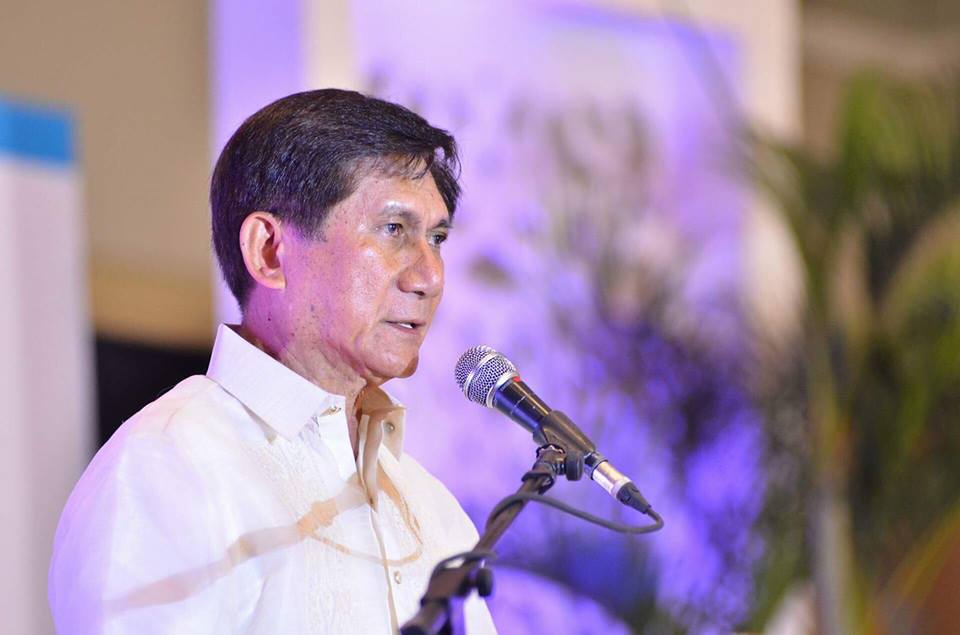
MANILA — Department of Environment and Natural Resources (DENR) Secretary Roy Cimatu is optimistic in accomplishing the goal of reforesting the remaining unproductive, denuded and degraded forestland nationwide by 2028.
“At the rate we’re going, we’re confident of meeting the 7.1 million hectares by 2028,” Cimatu said in a message delivered by DENR Undersecretary Juan Miguel Cuna at the international forest landscape restoration (FLR) conference in Makati City on Monday.
The DENR launched in 2011 the National Greening Program (NGP) to reforest by 2016 some 1.5 million hectares of unproductive, denuded and degraded forestland around the country.
In 2015, Malacañang issued Executive Order 193 extending NGP’s implementation period from 2016 to 2028 to cover the country’s estimated 7.1 million hectares of remaining unproductive, denuded and degraded forestland.
The program aims to promote Philippine self-sufficiency in wood and wood products, economic security and environmental stability.
Latest available data from the DENR show that the NGP registered a 109 percent planting accomplishment during the 2011 to 2018 period, greening nearly two million hectares of unproductive, denuded and degraded forestland nationwide.
Some 1.7 billion seedlings were planted during the period.
“Last year, we produced more than 145 million pieces of planting materials using native and fast-growing species — in addition, we produced 3.3 million bamboo culms or cuttings and 1.72 million mangrove propagules and beach forest tree seedlings,” he added.
Aside from implementing the NGP, Cimatu said the Philippine government also banned the export of logs and lumber from natural forests, as well as timber-cutting in natural and residual forests to help protect these ecosystems.
“From the foregoing, it may be gleaned that the Philippines has built up several years and almost two million hectares of experience in FLR,” he said.
He said the Philippines is willing to share its reforestation experience with interested parties as FLR regains ecological functionality and enhances human well-being across deforested or degraded forest landscapes.
Experts said FLR is not just about planting trees but involves restoring a whole landscape to meet present and future demands, as well as offer multiple benefits and land uses over time.
“FLR has been steadily gaining interest globally over the past years,” Cimatu said.
Fanning such interest is Germany’s Bonn Challenge, a global effort launched in 2011 to bring 150 million hectares of the world’s deforested and degraded land into restoration by 2020 and 350 million hectares by 2030.
“There’s a consensus that gaps remain between FLR’s ideals and action actually taken to transform these into reality,” Cimatu said.
In the Philippines, he said forest cover loss over the years highlighted the need for FLR.
“For over three decades now, we have lost so much forest cover, being one of the planet’s top exporters of logs, lumber and plywood,” he said.
Cimatu welcomed the Philippines’ hosting of the FLR conference, which drew participants from almost 20 countries.
He described the conference as an opportunity for the Philippines and other participating countries to share their respective FLR experiences so each can gain information and better address challenges on the ground.